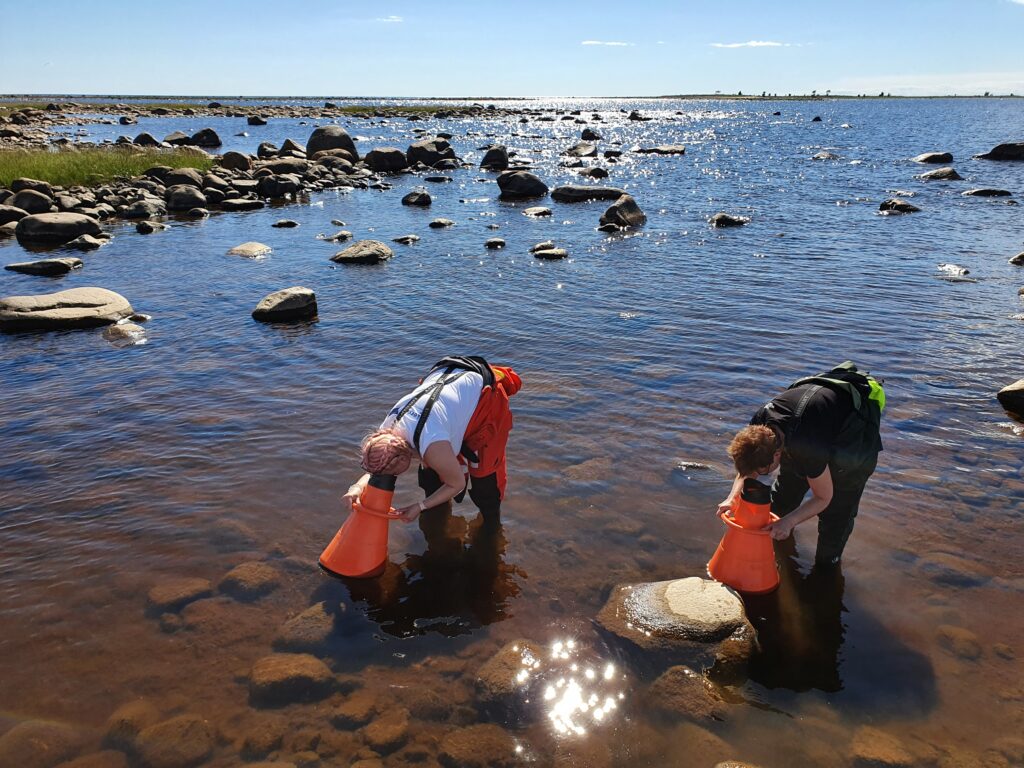
Final seminar
Welcome to SeaMoreEco final seminar in Umeå and online on 20 November 2025!
The shallow coastal waters of the northern Gulf of Bothnia, characterized by meadows of underwater vegetation, affect the whole marine environment around it. Their biodiversity and productivity ensure healthy fish stocks, provide clear waters for swimming and mitigate climate change effects. At the same time the species and habitats of the shallow sea bottom are under increasing threat from human activities such as dredging and boating. A challenge for us today is the lack of knowledge of occurring species and habitats and practical solutions on how to monitor them and take action if needed.
The Interreg Aurora project SeaMoreEco will join expertise of marine biological and geological management in Finland and Sweden with the overall objective to test, develop and demonstrate methods for efficient monitoring, conservation and restoration of biodiversity on shallow coastal areas. The focus is on threatened species and habitats and invasive alien species. The project will explore ways to efficiently monitor the shallow bottoms by flying and floating drones, satellites and shipborne surveys. The aim is then to use these monitoring techniques and test how it is possible to monitor populations of threatened underwater vegetation as well as invasive species.
Some species and habitats are in acute need of restoration or they face a risk of severe decline. The project will test and evaluate methods for how to restore different types of habitats and species on the shallow bottoms.
If we can ensure the biodiversity of the shallow coastal areas, we are one step closer to having a living sea in the northern Gulf of Bothnia for many generations to come.
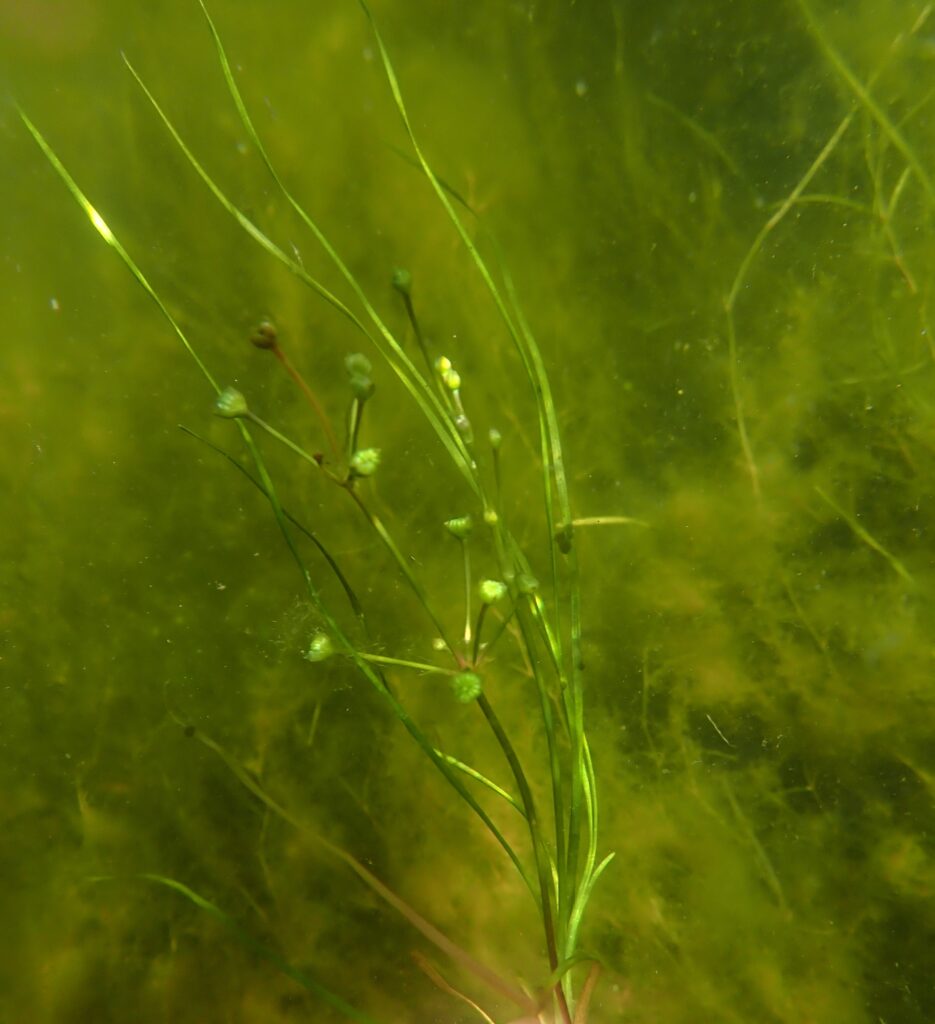
County Administrative Board of Norrbotten (lead)
County Administrative Board of Västerbotten
Geological Survey of Finland
Geological Survey of Sweden
Centre for Economic development, Transport and Environment Northern Ostrobothnia
Centre for Economic development, Transport and Environment Southern Ostrobothnia
Interreg Aurora (main)
Regional Council of Lapland (co-financier)
Swedish Agency for Marine and Water Management (co-financier)

Welcome to SeaMoreEco final seminar in Umeå and online on 20 November 2025!
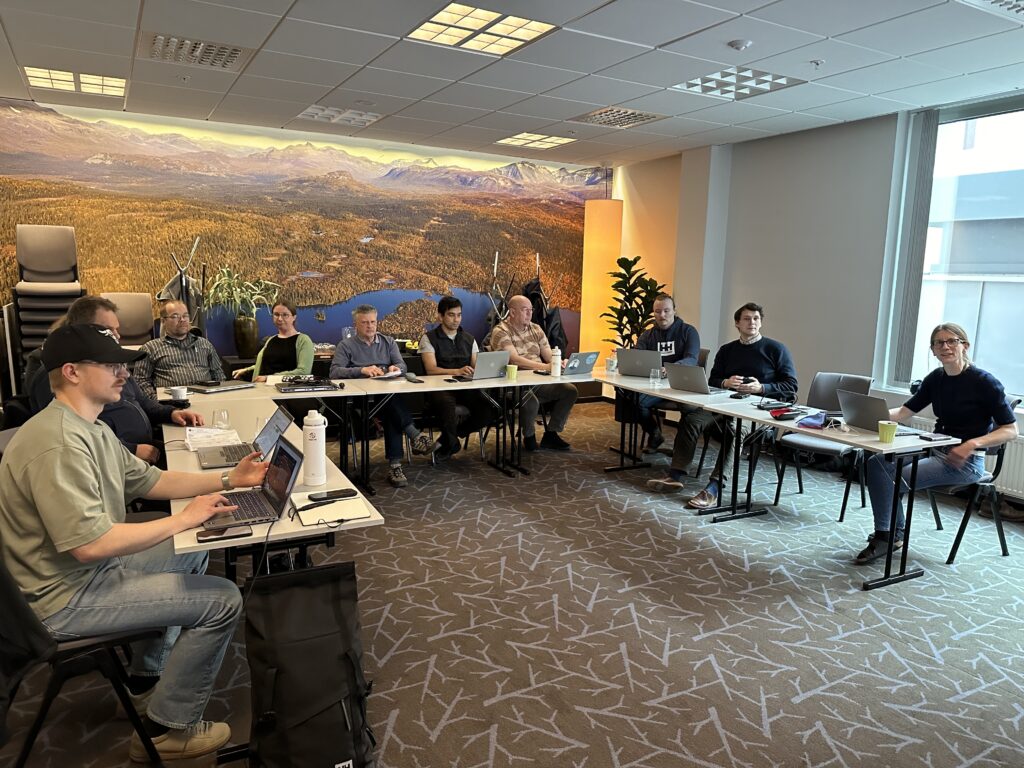
In April the SeaMoreEco project group members got together for two days in Luleå.
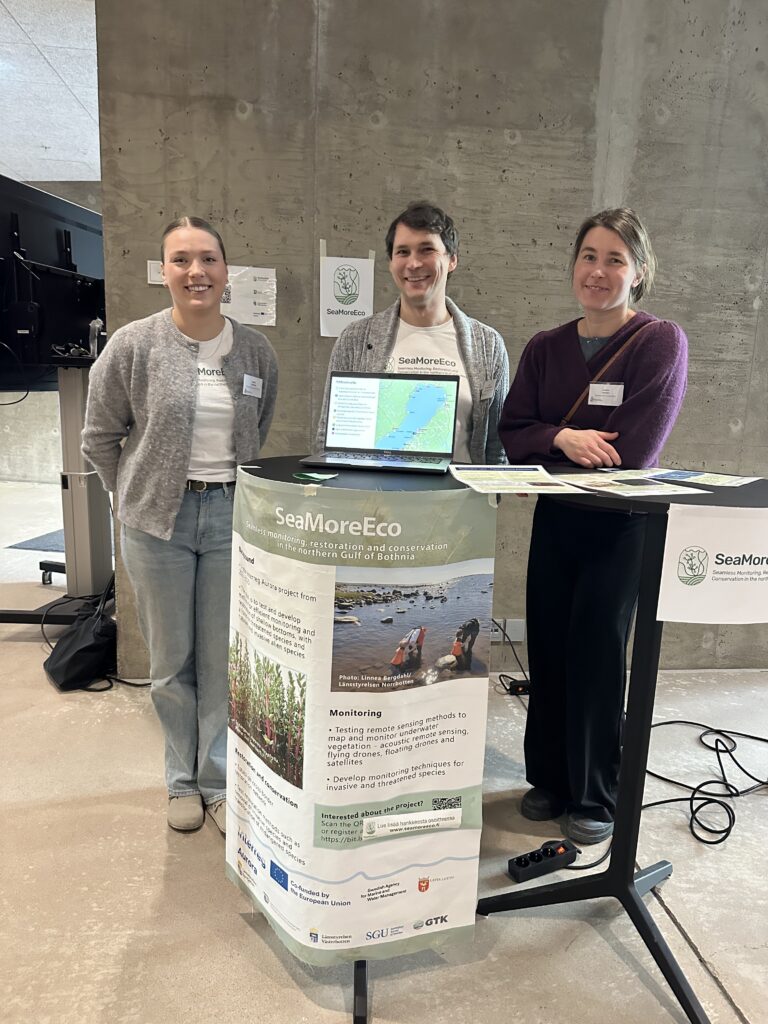
Northern and southern ELY-centrals, GTK and the County Administrative Board of Västerbotten participated the Finnish National Restoration Workshop in Åbo on 1-2 April.
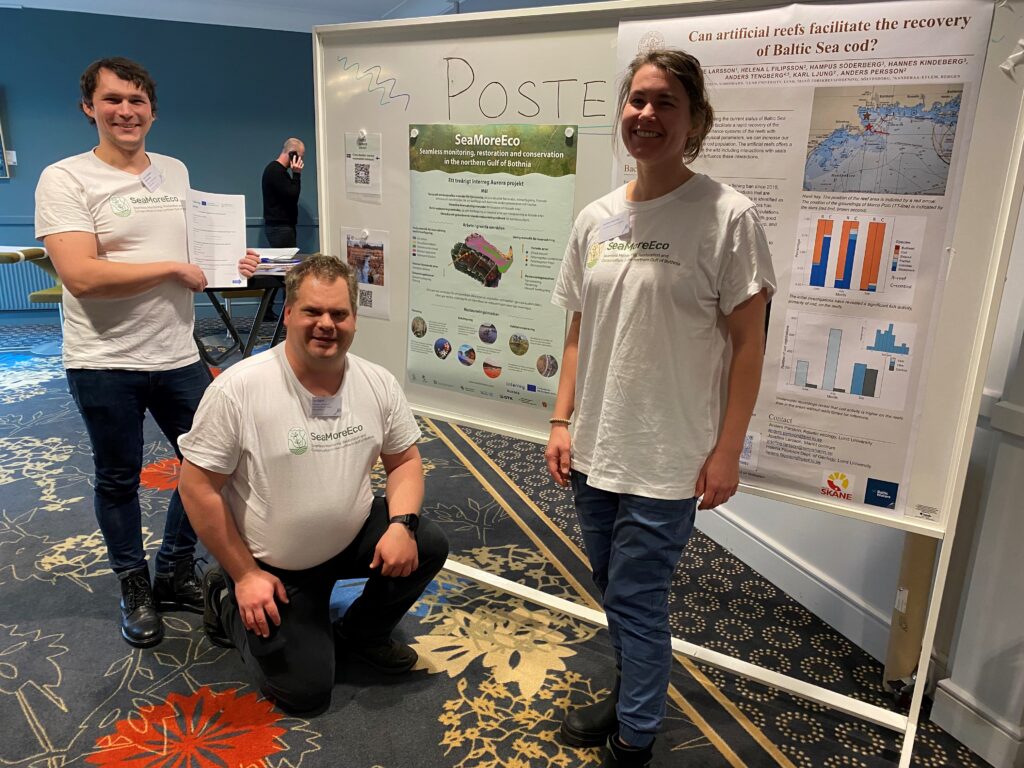
In the end of November, SeaMoreEco project was presented at the Swedish marine restoration conference in Malmö, Sweden.
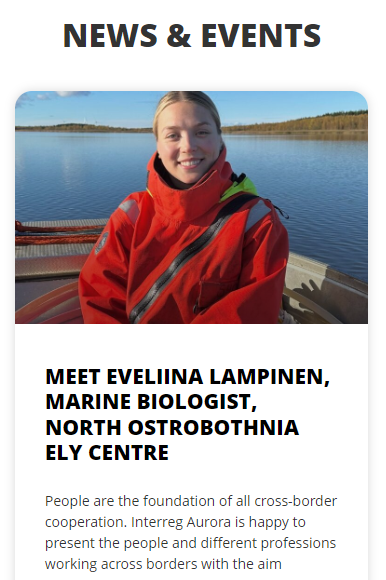
Our team member Eveliina Lampinen from the ELY Centre of North Ostrobothnia is featured on Interreg Aurora webiste.
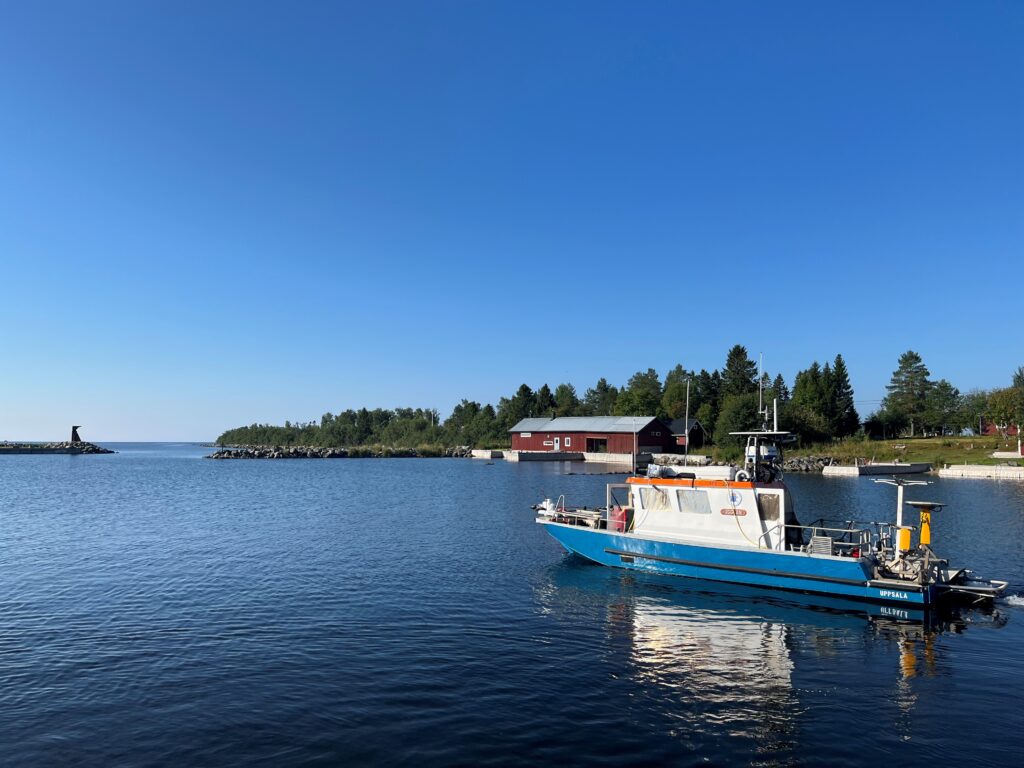
During July and August, SGU conducted hydroacoustic surveys in Lövselefjärden and Tavasten.
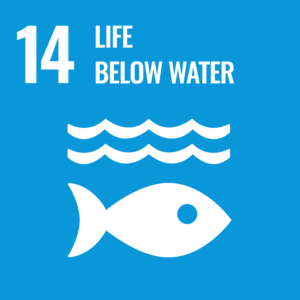
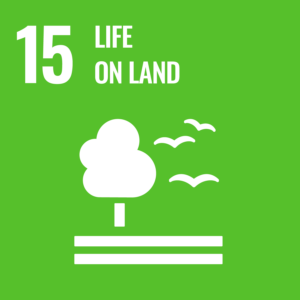
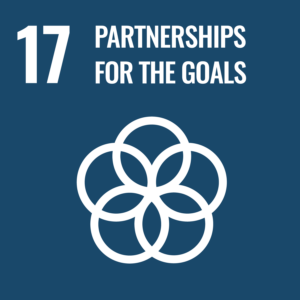
At seamoreeco.se, we use cookies for the website to function properly.
You can read more about our cookies on the page "About cookies”